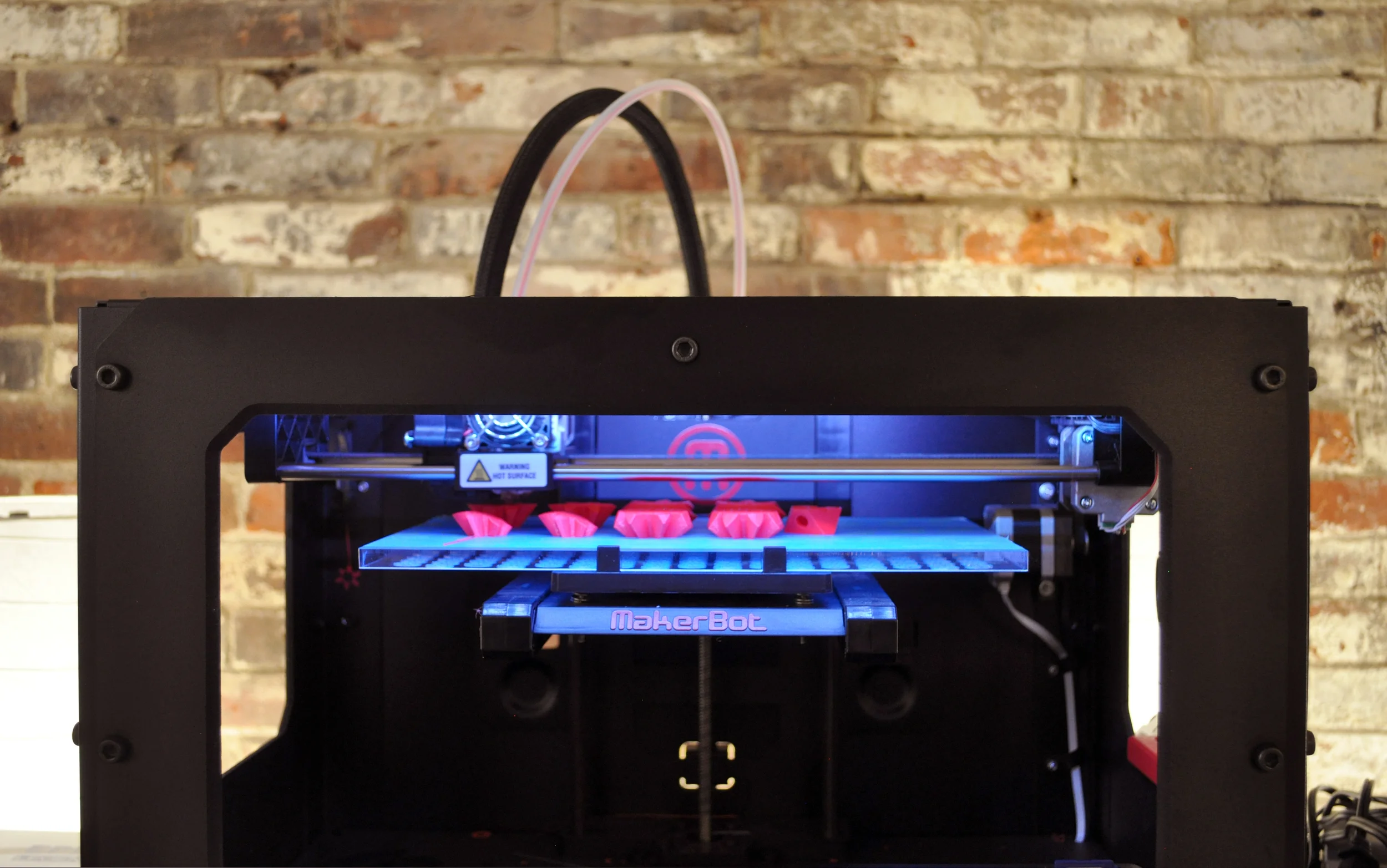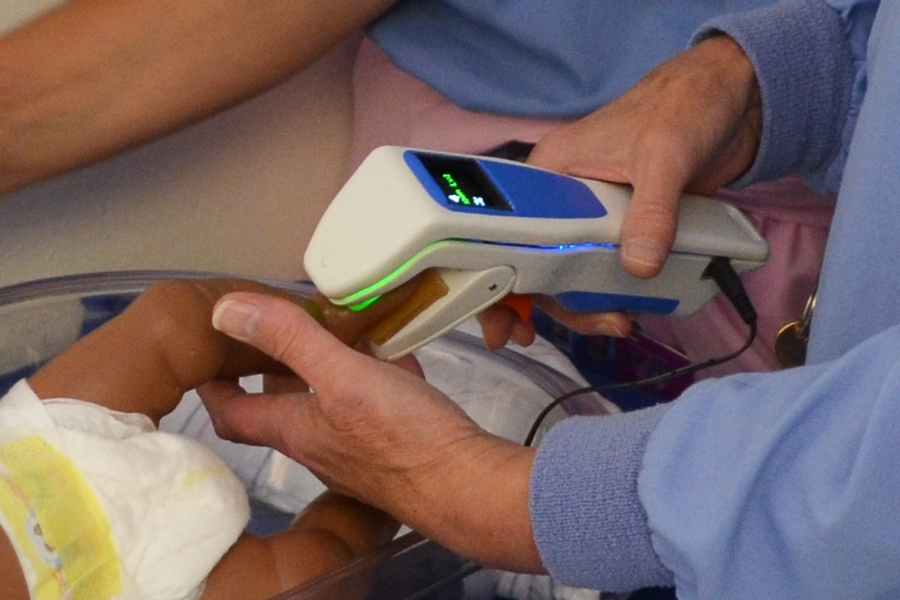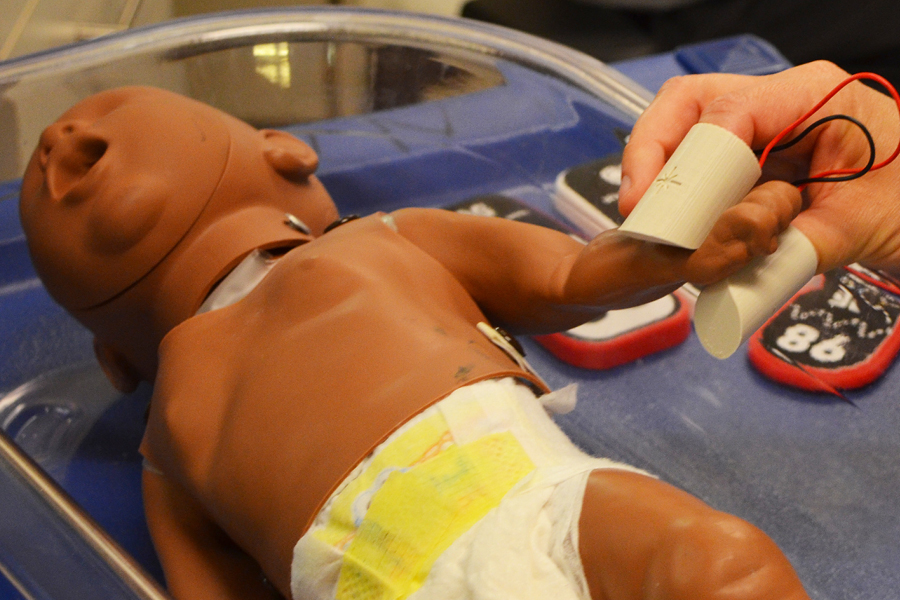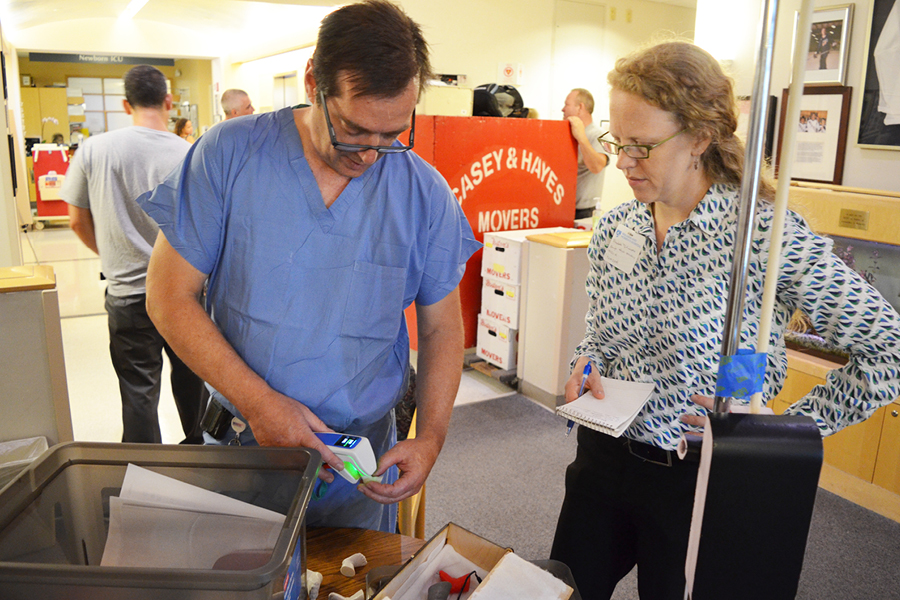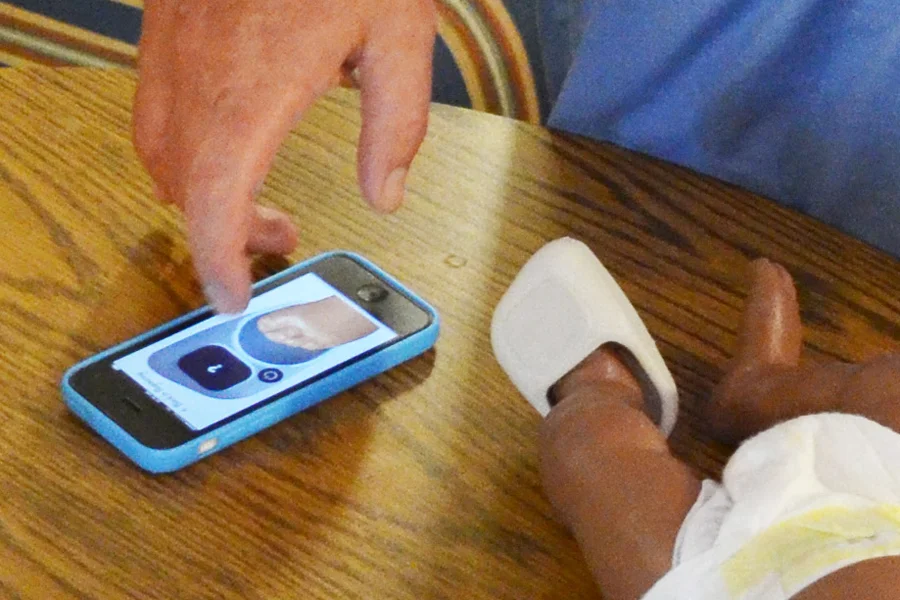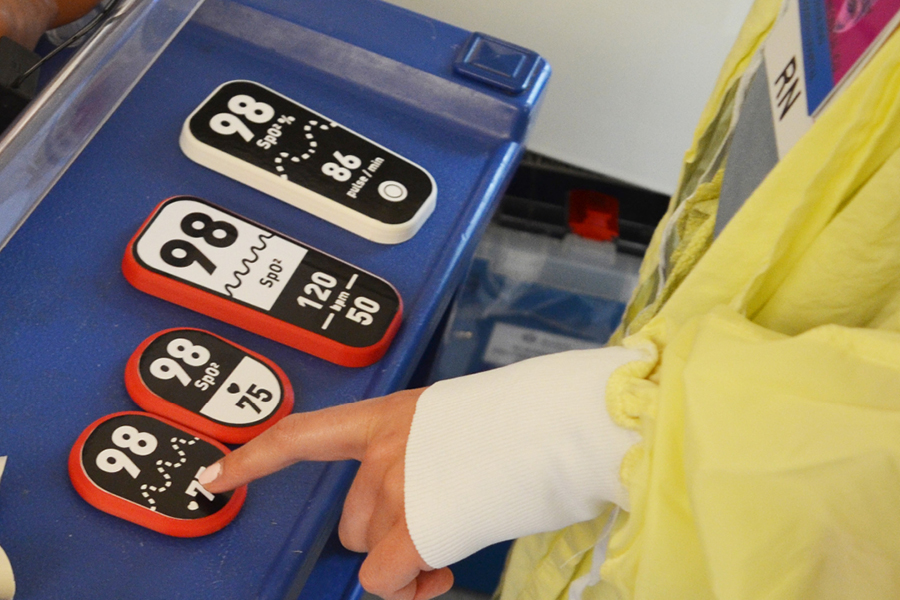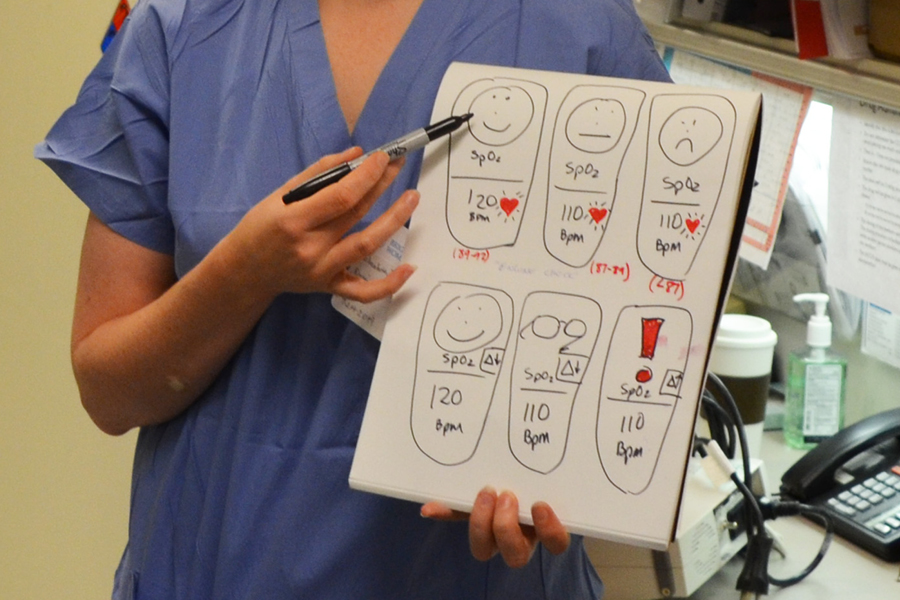Photo by Ela Ben-Ur.
Elizabeth Johansen, DtM Director of Product Development, facilitated a design thinking workshop this week as part of Otto Scharmer and Ben Chan's MIT IDEAS program. IDEO alum Ela Ben-Ur led the workshop with presentations and facilitation by Elizabeth and seven other former colleagues from IDEO and Olin College. The session brought together a mix of 50 people from the public, private, and non-profit sectors in Indonesia. The workshop is part of a nine-month program to catalyze a new way of collaborating across sectors that will enable a bright future for all people in Indonesia and beyond.
During the full-day workshop, participants were challenged to redesign the Boston subway system. During the day, teams of participants experienced four typical design thinking exercises:
Immerse: interview, observe, and experience a trip on the subway
Frame: summarize insights to guide design
Imagine: generate many ideas
Prototype: embody ideas to share vision
Photos by Ela Ben-Ur.
We look forward to seeing what these dynamic and disparate organizations create together during the remaining nine-month-long program.
The MIT IDEAS Program takes leaders from civil society, government and business from Indonesia and China on a nine month action learning journey in order to co-create profound social innovation in their communities. Otto Scharmer is founding chair of the MIT IDEAS program and the Presencing Institute, a research community dedicated to social innovation.
